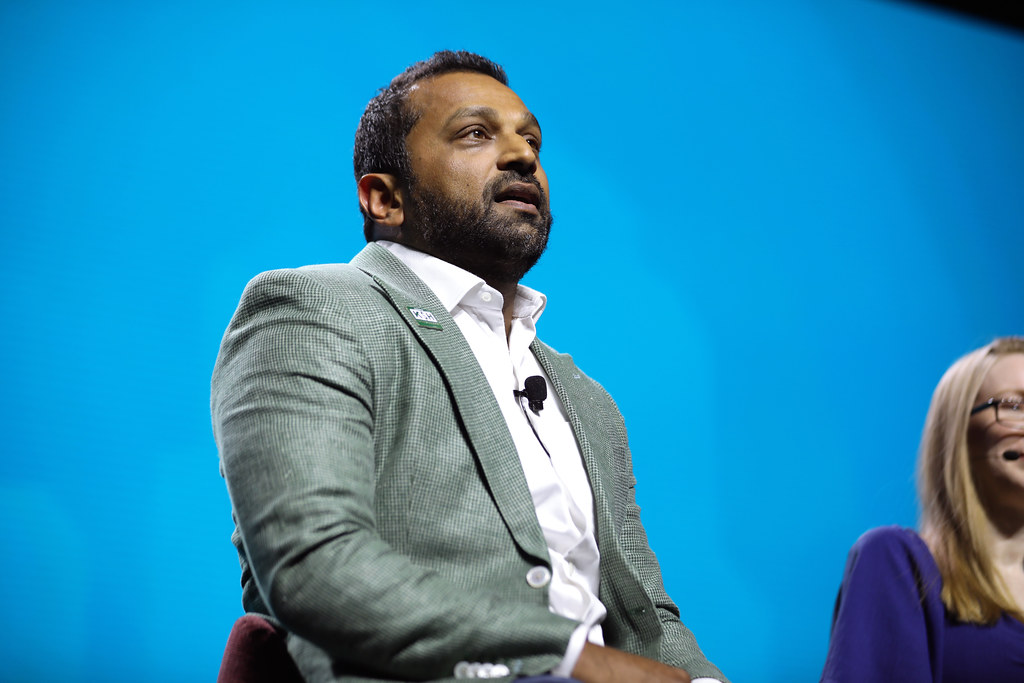Top California students, who were once able to rely on being accepted to into the University of California (UC) system, can no longer count on having a place at the schools.
The Los Angeles Times found that in the fall of 2007, only 4 percent of the UC student body was out-of-state; now, that percentage has risen to 13.
This trend started with California’s budget cuts in 2010, which forced UC campuses to increase admission of out-of-state students. These students pay $54, 123 annually, a much higher tuition than the annual $31, 245 California residents pay, according to Inside Higher Ed. The San Jose Mercury News said last school year alone, UC campuses were collecting $728 million in out-of-state tuition, more than double the amount from 2010-2011.
This correlation did not go unnoticed by the state auditor, who released a report this March that accused the UC system of undermining its commitment to California residents. The report recommended “stricter entrance requirements for nonresident students, a cap on their enrollment and more focus on recruiting Californians,” especially underrepresented minorities. The state audit found that in the 2014-15 school year, out-of-state enrollment had grown by 82 percent from 2010-2011.
Senior Spencer Yen, who was rejected from UCLA but plans to attend Columbia University, said the UC system’s tough financial situation has made admitting more out-of-state students a “necessary evil.”
UC spokeswoman Dianne Klein supported Yen’s statement in her email response to the audit that the policy change and increase in out-of-state enrollment was "not a lowering of standards,” but rather as a result of a 30 percent cut in state funding.
The budget cuts that led to more out-of-state acceptances could be responsible for the unexpected college waitlist and rejection decisions for some students.
Even though he was waitlisted at UCLA, senior Nicholas Lai was accepted by four other UCs as well as Stanford University in computer science. Having seen UCLA as a “target” school, Lai was surprised by this waitlist decision but noted that there could have been a strong applicant pool.
“I heard it was hard this year for a lot of people from California to get into UC Berkeley and UCLA in particular,” Lai said. “Maybe it is because this year, my class was pretty strong. I guess I didn’t really stand out in comparison to more accomplished people.”
UC Berkeley and UCLA, already highly selective in their admissions, are growing even more selective for California students. According to San Jose Mercury News, in the past five years, as UC Berkeley and UCLA in-state admission rates fell to record lows. The proportion of out-of-state undergraduates at Berkeley has risen to 25 percent and 23 percent at UCLA. The San Francisco Business Times said non-Californians comprise about one in five students at the state’s two top public schools.
Senior Brendan Ney was accepted at UC San Diego, but he was waitlisted at UCLA and Berkeley. He will likely be attending Carnegie Mellon University for computer science. He believes the current situation is unfair to top California students.
“Ultimately, no one knows why they got accepted or rejected,” Ney said. “[But] the whole point of the UCs is to serve students in California. They only lower admission standards for out-of-state students because they feel they need money.”

























